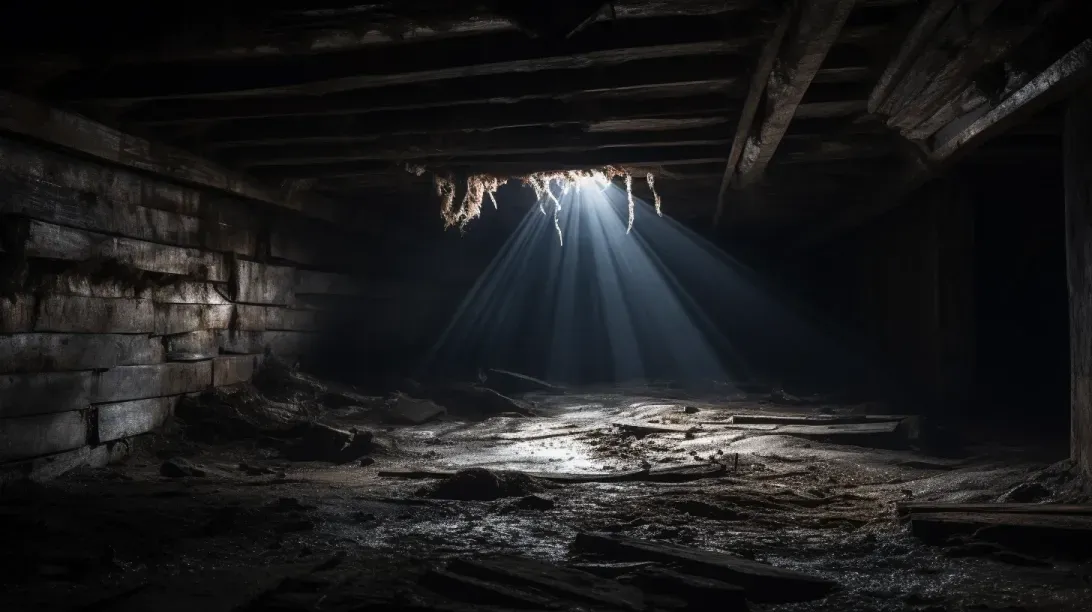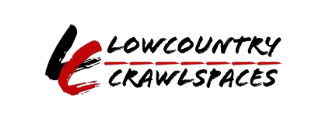Mold Resistant Materials for Crawl Spaces
Welcome to our in-depth exploration of a hidden yet pervasive issue in many homes and buildings – mold in crawl spaces. Often out of sight, mold in these confined spaces can go unnoticed until it becomes a significant problem, impacting not just the structure of the building but also the health of its occupants.
The Prevalence of Crawl Space Mold
Mold in crawl spaces is a common challenge faced by homeowners and property managers. These areas, typically characterized by high humidity and limited airflow, create an ideal breeding ground for mold. The consequences of mold growth in crawl spaces extend beyond mere cosmetic issues; they can lead to serious structural damage and health concerns.
Why Mold in Crawl Spaces is a Concern:
- Health Risks: Mold spores can easily spread to living areas, posing health risks such as allergies and respiratory problems.
- Structural Damage: Prolonged mold exposure can weaken wooden structures, leading to costly repairs.
- Reduced Air Quality: Mold contributes to poor indoor air quality, which can affect the overall living environment.
The Importance of Mold-Resistant Materials
In combating this issue, the use of mold-resistant materials emerges as a crucial strategy. These materials offer long-term protection and are a proactive approach to preventing mold growth.
Benefits of Mold-Resistant Materials:
- Durability: Mold-resistant materials are designed to withstand moist conditions, ensuring the longevity of your property’s structure.
- Healthier Living Spaces: By reducing the likelihood of mold growth, these materials contribute to a healthier indoor environment.
- Cost-Effectiveness: Investing in mold-resistant materials can save money in the long run by avoiding the costs associated with mold remediation.
Join us as we delve deeper into understanding the significance of mold in crawl spaces and discover how mold-resistant materials can be a game-changer in maintaining the health and integrity of your property.
Understanding Mold and Its Growth in Crawl Spaces
Mold is a common issue in many homes, particularly in crawl spaces where conditions are ripe for its growth. Understanding what mold is, its various types, and why crawl spaces are particularly susceptible can help in effectively managing and preventing mold-related problems.
What is Mold?
Mold is a type of fungus that plays a crucial role in nature by breaking down dead organic matter. However, when it grows uncontrollably in homes, it can cause problems.
Characteristics of Mold:
- Types of Mold: There are thousands of mold species. Common types found in homes include Aspergillus, Cladosporium, and Stachybotrys (often referred to as black mold).
- Growth Conditions: Mold thrives in moist, warm, and humid conditions. It can grow on a variety of materials, including wood, paper, carpet, and foods.
- Appearance: Mold can appear in a variety of colors, including black, white, green, or yellow, and often has a musty odor.
Why Crawl Spaces are Susceptible to Mold
Crawl spaces are particularly vulnerable to mold growth due to several inherent factors:
Moisture and Humidity:
- Crawl spaces often have high humidity levels, which provide the perfect environment for mold to grow.
- Water can accumulate in crawl spaces from leaks, poor drainage, or condensation, further contributing to mold growth.
Limited Ventilation:
Crawl spaces typically have poor ventilation, which allows humidity to remain high and does not allow moisture to escape.
Organic Materials:
Many crawl spaces contain organic materials (like wood and insulation) that mold can feed on, especially when these materials become damp or wet.
Darkness:
The lack of light in crawl spaces creates an environment where mold can thrive undisturbed.
Understanding the nature of mold and the specific conditions in crawl spaces that facilitate its growth is the first step in effectively managing and mitigating its impact on homes and the health of their occupants.
Benefits of Using Mold Resistant Materials
Incorporating mold-resistant materials in construction and renovation is a proactive approach to safeguarding both the health of residents and the structural integrity of properties. This section explores the significant advantages of using these materials.
Health Benefits
The use of mold-resistant materials plays a crucial role in protecting the health of residents by significantly reducing the risk of mold growth.
Reduced Risk of Respiratory Problems:
Mold exposure is linked to various respiratory issues, including allergies, asthma, and other respiratory infections. Mold-resistant materials minimize this risk by preventing mold growth in living spaces.
Improved Indoor Air Quality:
Mold spores can deteriorate indoor air quality. By using mold-resistant materials, the indoor air remains cleaner, contributing to overall better health and well-being of the occupants.
Prevention of Mold-Related Health Conditions:
Long-term exposure to mold can lead to more serious health conditions. Mold-resistant materials help in providing a safer and healthier living environment, especially for individuals with pre-existing health conditions or weakened immune systems.
Structural Integrity
Mold-resistant materials are not only beneficial for health but also crucial for maintaining the structural integrity of properties.
Protection Against Material Degradation:
Mold can weaken building materials like wood and drywall. Mold-resistant materials are designed to withstand mold growth, thus preserving the strength and durability of these materials.
Longevity of the Property:
Properties built or renovated with mold-resistant materials tend to have a longer lifespan. These materials prevent the decay and degradation that mold can cause, thereby extending the life of the property.
Cost-Effectiveness in the Long Run:
While the initial investment in mold-resistant materials might be higher, they can be more cost-effective over time. The reduced need for mold remediation and repairs due to mold damage can result in significant savings.
Using mold-resistant materials is a wise decision for both new constructions and renovations. It not only ensures a healthier living environment but also contributes to the longevity and preservation of the property’s structural integrity.
Types of Mold Resistant Materials for Crawl Spaces
Choosing the right materials for crawl spaces is crucial in preventing mold growth. Mold-resistant materials are specifically designed to withstand damp conditions and inhibit mold development. This section covers various types of mold-resistant insulation and building materials suitable for crawl spaces.
Mold Resistant Insulation
Insulation in crawl spaces plays a vital role in maintaining temperature and humidity levels, but it can also be susceptible to mold. Using mold-resistant insulation materials can help mitigate this risk.
Fiberglass Insulation:
- Fiberglass is a popular choice for insulation due to its mold-resistant properties. It does not retain water, making it less likely to support mold growth.
- It's important to ensure that fiberglass insulation is properly installed and covered, as exposed materials can still accumulate dust and debris, which can support mold growth.
Foam Board Insulation:
- Foam board, made from polystyrene, polyisocyanurate, or polyurethane, is another effective mold-resistant insulation material.
- Its rigid and dense structure makes it less permeable to water, thereby reducing the risk of mold development.
- Foam board insulation is also known for its high thermal resistance, making it an energy-efficient option.
Mold Resistant Building Materials
In addition to insulation, other building materials used in crawl spaces should also possess mold-resistant qualities to ensure long-term protection against mold.
Mold-Resistant Drywall:
- Traditional drywall can absorb moisture, making it prone to mold. Mold-resistant drywall is treated with a water-resistant core and is less hospitable to mold growth.
- This type of drywall is ideal for areas prone to moisture, like crawl spaces.
Mold-Resistant Lumber:
- Treated lumber is available for use in crawl spaces and other areas susceptible to moisture and mold. This lumber is treated with fungicides and other chemicals to resist mold and decay.
- It's a suitable choice for framing and structural components in crawl spaces.
Mold-Resistant Paints:
- Specialized paints that inhibit mold growth can be applied to surfaces in crawl spaces.
- These paints contain antimicrobial agents that prevent mold spores from thriving on painted surfaces.
Using mold-resistant materials in crawl spaces is a proactive approach to preventing mold problems. These materials not only provide resistance to mold growth but also contribute to the overall durability and safety of the structure.
Innovative Mold Resistant Solutions
As the fight against mold in homes and buildings continues, emerging technologies and eco-friendly solutions are playing a pivotal role. These innovative approaches not only offer effective mold resistance but also align with environmental sustainability.
Emerging Technologies in Mold Resistance
The development of new technologies in mold resistance is revolutionizing how we tackle mold prevention and remediation.
Nanotechnology-Based Coatings:
- Recent advancements include the use of nanotechnology in creating mold-resistant coatings. These coatings, applied to various surfaces, can prevent mold spores from taking hold.
- Nano coatings work by creating a surface that is inhospitable to mold growth, often by reducing moisture accumulation or by having antimicrobial properties.
Smart Sensors for Moisture Detection:
- Smart sensors that detect and alert homeowners to increased humidity levels can help in preventing mold growth. These sensors can be integrated into home automation systems, providing real-time monitoring of conditions conducive to mold.
- By addressing moisture issues promptly, the likelihood of mold development is significantly reduced.
Advanced HVAC Systems:
- HVAC systems equipped with UV light technology or advanced filtration systems can significantly reduce mold spores in the air.
- These systems not only improve air quality but also help in maintaining an environment less conducive to mold growth.
Eco-Friendly and Sustainable Options
In the realm of mold resistance, there is a growing trend towards using materials that are both effective and environmentally friendly.
Recycled and Natural Materials:
- Recycled materials, such as certain types of plastic composites, are being used in construction to provide mold resistance while also being eco-friendly.
- Natural materials like cork and bamboo are gaining popularity. These materials have inherent mold-resistant properties and are sustainable options.
Low-VOC Mold-Resistant Paints:
- Paints with low volatile organic compounds (VOCs) and mold-inhibiting properties are becoming a preferred choice. These paints contribute to better indoor air quality and are safer for the environment.
- They are particularly beneficial in enclosed spaces where ventilation is limited, like crawl spaces.
Green Building Standards:
The integration of mold-resistant features is increasingly becoming a part of green building standards and certifications. These standards promote the use of materials and technologies that are both mold-resistant and environmentally sustainable.
The advancement in mold-resistant technologies and the shift towards eco-friendly materials represent a significant step forward in building healthier, more sustainable living environments.
Installation and Maintenance of Mold Resistant Materials
The effectiveness of mold-resistant materials in crawl spaces largely depends on proper installation and regular maintenance. This section provides best practices for installation and essential tips for maintaining these materials to ensure their long-term effectiveness.
Best Practices for Installation
Proper installation of mold-resistant materials is crucial to maximize their effectiveness in preventing mold growth.
Pre-Installation Assessment:
- Before installation, assess the crawl space for existing mold, moisture levels, and ventilation. Address any existing issues to ensure a clean and dry environment.
- Ensure that the crawl space is properly ventilated to reduce moisture accumulation, a key factor in mold growth.
Installation Guidelines:
- Mold-Resistant Insulation: When installing insulation, such as fiberglass or foam board, ensure it covers the entire area without gaps. Seal all seams and joints to prevent moisture infiltration.
- Mold-Resistant Drywall and Lumber: Use these materials in areas prone to moisture. Ensure that they are properly sealed and coated, especially in joints and edges.
- Mold-Resistant Paints: Apply these paints on exposed surfaces. Follow the manufacturer’s instructions regarding application and drying times.
Professional Assistance:
Consider hiring professionals for installation, especially for complex projects. Professional installers can ensure that the materials are installed correctly and efficiently.
Maintenance Tips
Regular maintenance is key to sustaining the mold-resistant properties of materials used in crawl spaces.
Routine Inspections:
- Conduct regular inspections of the crawl space to check for signs of moisture, leaks, or mold growth. Early detection of these issues can prevent larger problems.
- Pay special attention to areas around pipes, vents, and exterior walls.
Controlling Humidity:
- Use dehumidifiers or improve ventilation to control humidity levels in the crawl space. Ideal humidity levels should be kept below 60% to prevent mold growth.
- Ensure that all vents and air ducts are clear of obstructions.
Cleaning and Repairs:
- Clean the crawl space regularly to remove dust and debris that can hold moisture.
- Repair any damages to mold-resistant materials promptly. Check for peeling or chipping in mold-resistant paints and sealants.
Professional Maintenance Checks:
Schedule annual professional checks to ensure that the mold-resistant materials are in good condition and the crawl space remains dry and well-ventilated.
By following these best practices for installation and maintenance, homeowners can significantly enhance the effectiveness of mold-resistant materials in their crawl spaces, ensuring a healthier and safer living environment.
FAQs
Contact Lowcountry Crawlspaces Today!
Lowcountry Crawlspaces will do everything we can to ensure your experience with us is excellent.
Request A FREE Estimate
CHECKOUT RECENT POST
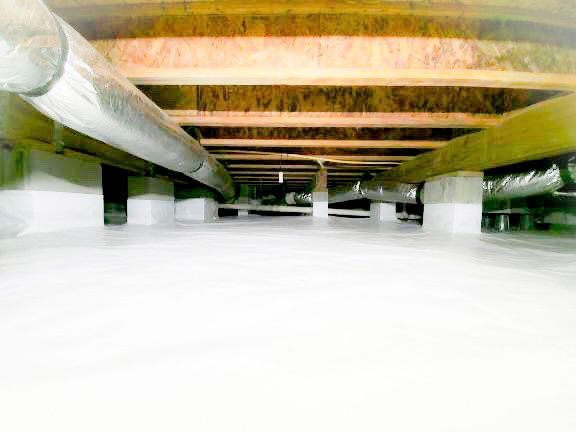
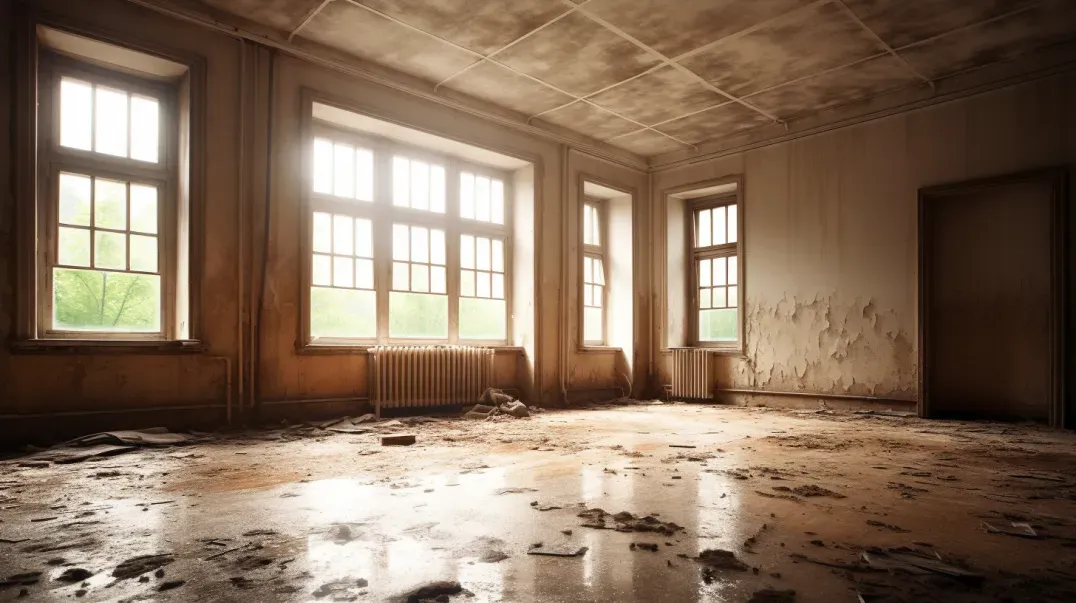
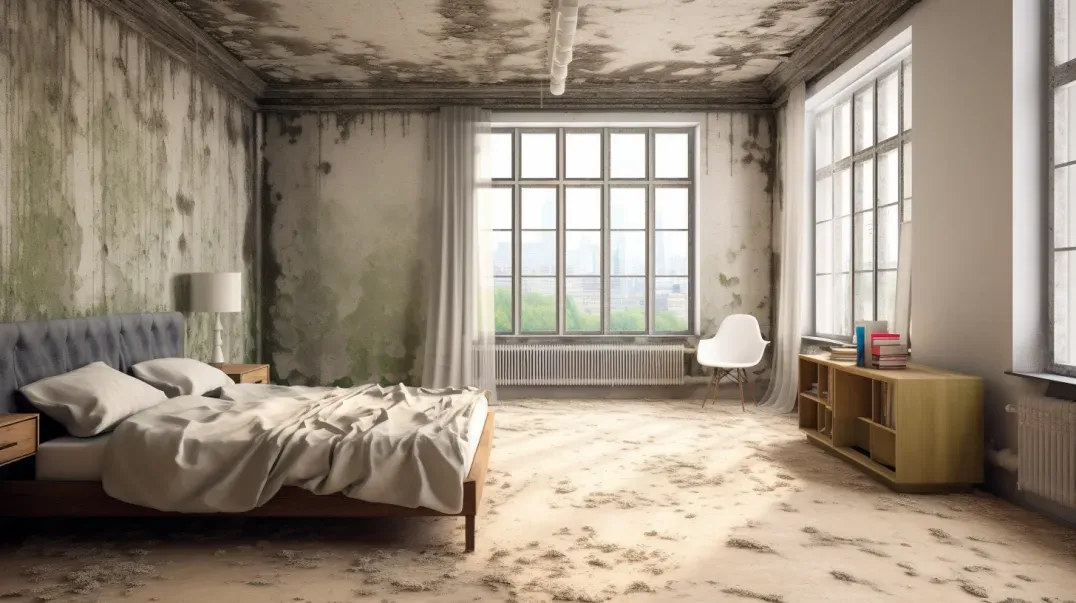
Schedule Your FREE Crawl Space Evaluation Today
There Is No Crawl Space Job We Can’t Fix!



